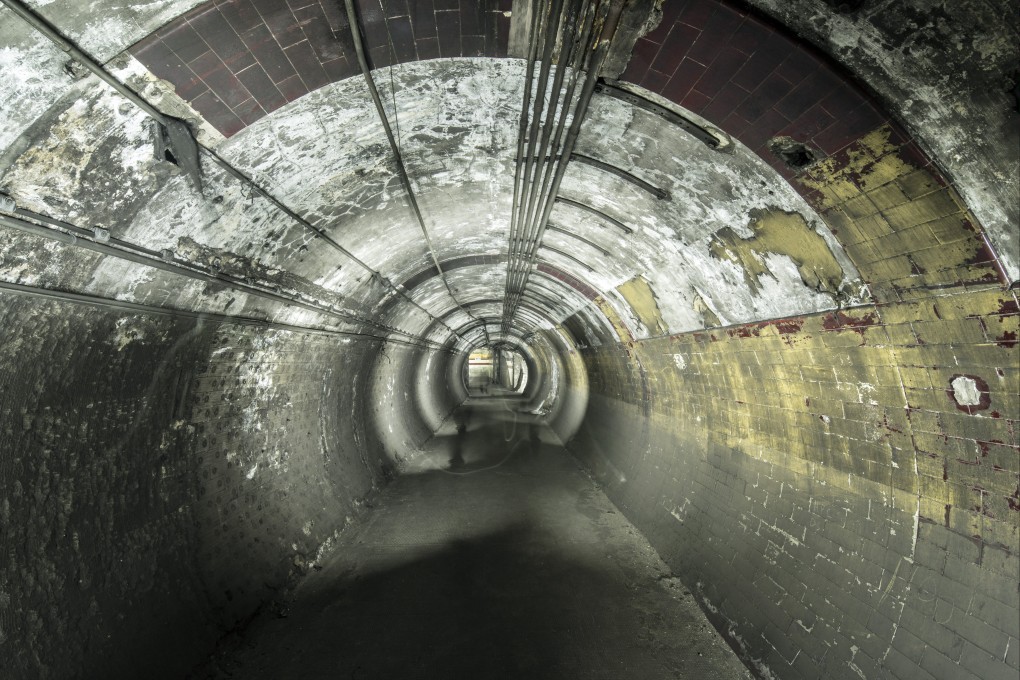UK’s secret ‘James Bond’ tunnels may become London tourist attraction: ‘who wouldn’t come here?’
- The fund manager who bought the tunnels has a £220 million (US$269 million) plan to turn them into a tourist attraction ‘as iconic as the London Eye’
- He also wants to preserve parts of its history, such as what he says was the UK’s deepest bar, frequented by engineers and clerks who worked underground

A warren of tunnels beneath central London, once used by the spies who inspired the creation of James Bond, has been bought by a fund manager with a £220 million (US$269 million) plan to turn them into a tourist attraction “as iconic as the London Eye”.
Australian-born Angus Murray, a former executive at asset manager Macquarie Group, has signed a deal to buy the tunnels from Britain’s former state telecoms monopoly, BT Group, and has a four-year makeover strategy for the site.
The Kingsway Telephone Exchange, as it is officially known, occupies 8,000 square metres (86,111 square feet), 40 metres below the lawyers’ offices that characterise London’s Holborn district.

Through his company, the London Tunnels, Murray plans to line cavernous, cylindrical rooms with gigantic screens to create immersive, blockbuster-inspired experiences.
He hopes to strike deals with such Hollywood studios as Harry Potter-series maker Warner Bros Discovery and Amazon, that owns the rights to James Bond.
At the same time, he wants to preserve parts of its history, such as what he says was the UK’s deepest bar, which was frequented by the engineers and clerks who worked underground. Later, they made sure the first transatlantic telecommunications line kept running to carry diplomatic emergency calls during the Cold War.
“Would I compare this to be as iconic as the London Eye? Yes, I would,” Murray said during a tour of the tunnels in August. “Who wouldn’t come here?”
